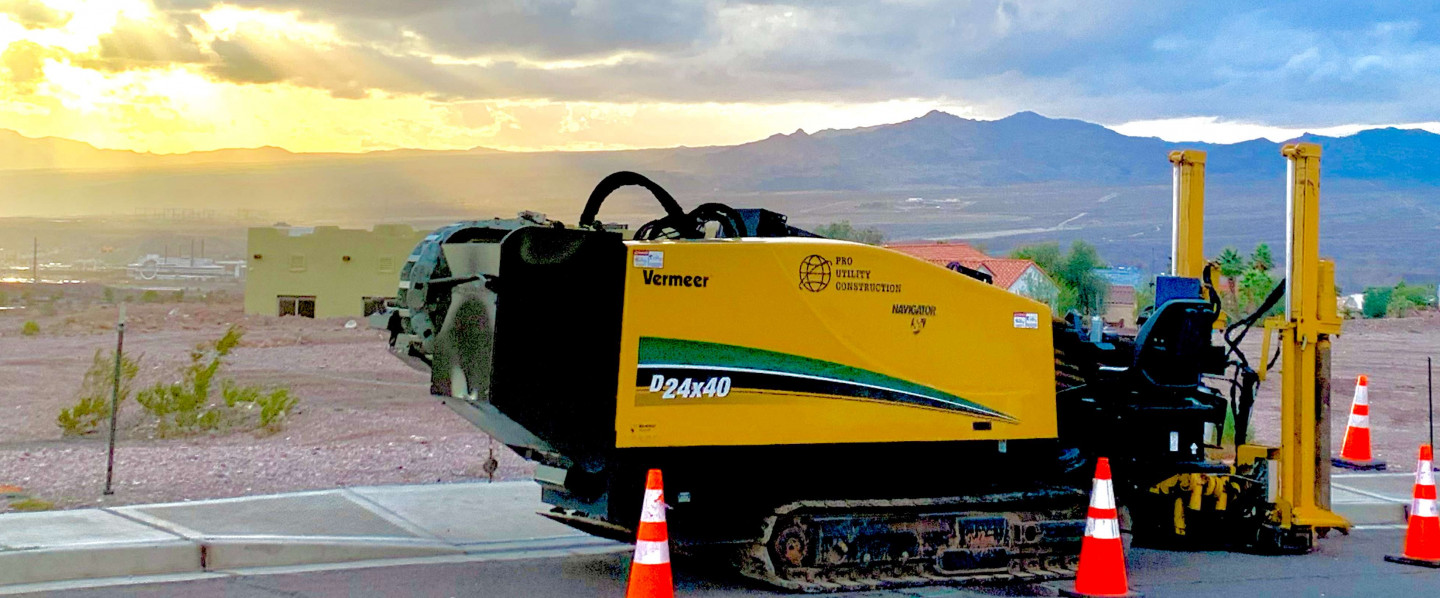Horizontal Directional Drilling, or HDD, represents a game-changing technique that has transformed the landscape of utility installation and infrastructure development. By allowing precise drilling beneath the surface while avoiding extensive trenching, this method provides a solution that minimizes disruption to the surrounding environment. As cities grow and infrastructure demands escalate, understanding the intricacies of HDD is crucial for project planners and engineers alike.
This article explores the various aspects of Horizontal Directional Drilling, from its basic principles and operation to its advantages for urban environments and complex terrains. We will delve into the future of trenchless technology, examine the equipment necessary for HDD possible, and highlight the critical role it plays in sectors such as telecommunications and renewable energy. By shedding light on best practices and real-world applications, we aim to equip you with the knowledge needed to navigate the fascinating world of Horizontal Directional Drilling and make informed decisions for your next project.
Comprehending Lateral Directional Boring
Lateral Guided Drilling, or Directional Drilling, is a subsurface method used to place underground infrastructure such as pipelines, fiber optics, and drainage systems. This cutting-edge technique entails drilling a preliminary bore along a designated route, which is then expanded to fit the concluding utility installation. This method offers an productive alternative to conventional trenching methods by significantly minimizing earth disturbance and minimizing the environmental footprint associated with construction activities.
The operation begins with the setup of the drilling rig, where the driller uses unique tools to create a hole at a determined incline and depth. This is accomplished using a mix of drilling fluid, a bit, and a navigation system. Once the initial hole is formed, the hole is expanded to the required size, facilitating the insertion of the utility. This technique is particularly beneficial in urban environments and areas with challenging terrain, enabling operations to navigate barriers such as roads, rivers, and existing infrastructure without the need for extensive excavation.
One of the standout features of Horizontal Directional Drilling is its capacity to maintain environmental integrity. By lessening ground disruption, HDD considerably lessens the impact on nearby ecosystems and systems. Additionally, Additional reading allows for projects to be completed with reduced sound and particles, enhancing security and cutting down on delays. With its innovative techniques and equipment, HDD has become an indispensable method in modern building, particularly for projects that prioritize sustainability and effectiveness.
Advantages of Horizontal Directional Drilling in Modern Infrastructure
Horizontal Directional Drilling offers multiple advantages that make it an essential technique in contemporary infrastructure projects. One of the primary benefits is its ability to set up utilities with reduced surface disruption. Unlike traditional trenching methods that require significant digging, HDD allows for underground installations without the need for digging up the surface. This not only preserves the current landscaping and infrastructure but also greatly reduces the costs of restoration and time, making it a popular method for metropolitan areas.
Another, the advantage of HDD is its flexibility in navigating difficult terrains. Whether encountering difficult soil, swamps, or urban settings, HDD can effectively adapt around barriers and adjust to varying soil conditions. This adaptability means that projects can move forward in areas that would otherwise be challenging for conventional methods, allowing for more effective utility installation. As infrastructure demands increase, the ability to overcome challenging environments becomes increasingly vital.

Moreover, HDD contributes to environmental preservation by minimizing the impact on surrounding ecosystems. The trenchless nature of this technique reduces the likelihood of soil erosion, water contamination, and other environmental impacts often associated with conventional digging methods. By protecting natural habitats and minimizing the carbon footprint of construction activities, HDD aligns with environmental sustainability objectives and positions itself as a progressive solution in contemporary infrastructure development.
Horizontal Directional Drilling's Impact on Environmental Sustainability
Horizontal Directional Drilling (HDD) plays a crucial role in enhancing eco-friendliness by limiting land disturbance. In contrast to traditional trenching methods, which often require extensive land to be dug up, HDD enables the placement of infrastructure underground with little impact on the local environment. Home page -impact approach is particularly advantageous in fragile locations such as nature reserves, swamps, and natural habitats. By reducing surface impact, HDD sustains local flora and animal life while upholding the stability of the landscape.
Furthermore, HDD helps with reduced soil erosion and sediment displacement, which are common issues connected with conventional digging methods. When soil is disturbed, it can lead to runoff and pollution in nearby waterways. HDD reduces these threats by enabling precise drilling under barriers such as rivers and roads, thereby avoiding pollution of nearby water supplies. The technique ultimately supports sustainable construction methods, in line with wider sustainability objectives.
The future of HDD is intertwined with developments in innovative technology that continue to improve its sustainability. New technologies such as improved drilling fluids, live monitoring systems, and GPS mapping are making HDD projects increasingly efficient and sustainable. As this technology continues to evolve, it is expected that HDD will grow to be even more critical in developing infrastructure while preserving the environment. The blend of reduced impact during setup and continuous efficiency improvements establishes HDD as a leader in sustainable construction practices.
